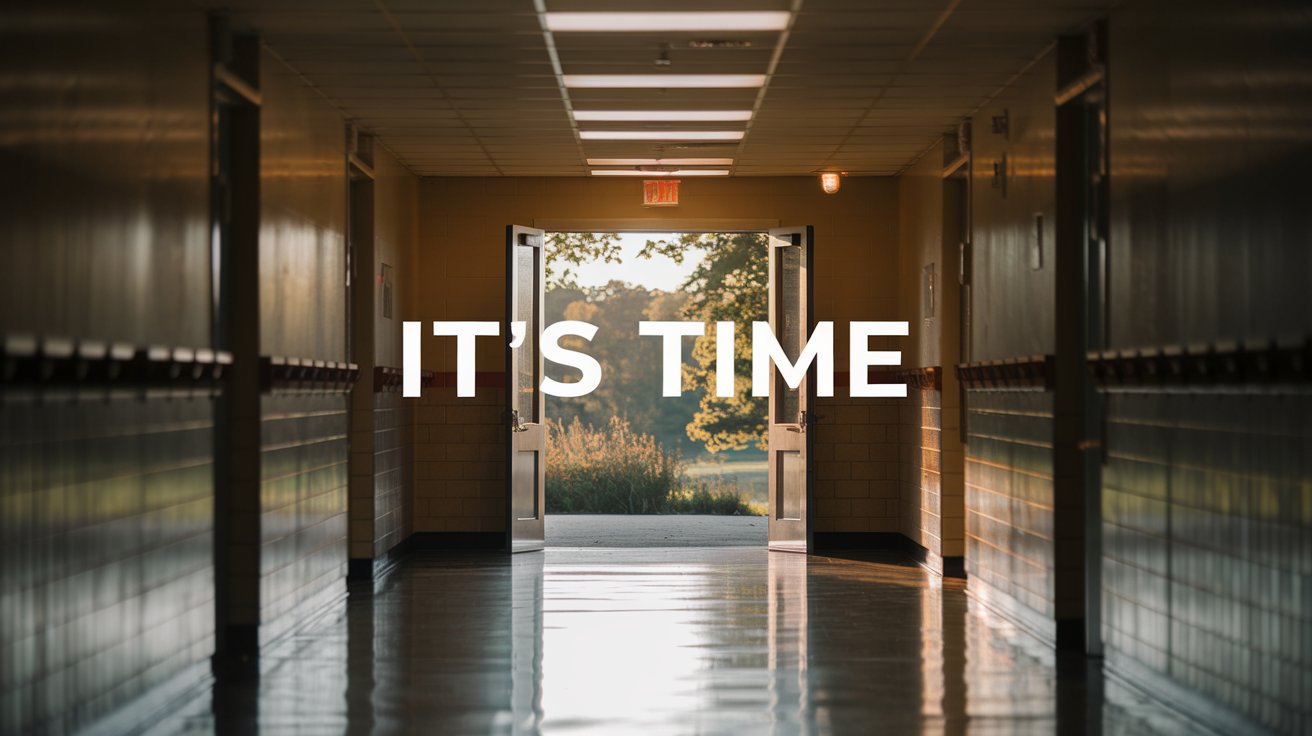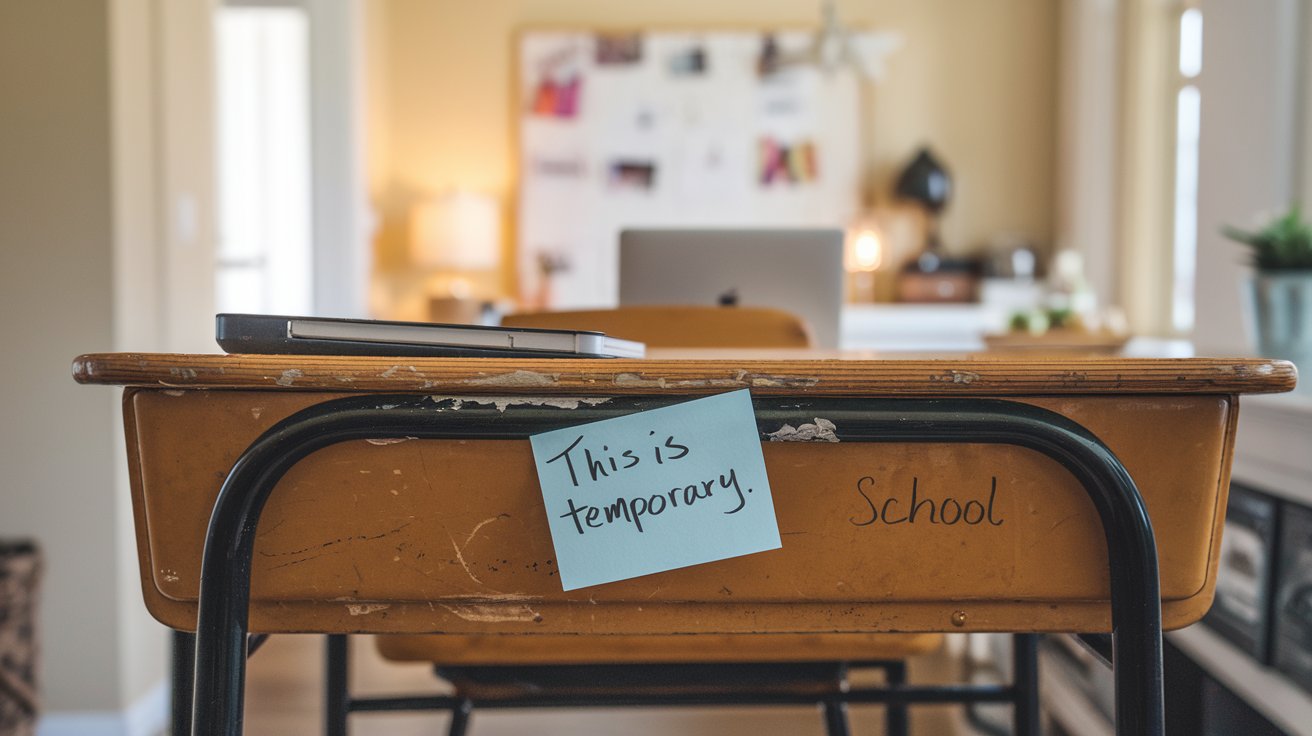Your cart is currently empty!

Explicit Teaching: A Step-by-Step Approach to Empower Students
Explicit teaching is a game-changer for both teachers and students. By breaking down skills into clear steps and providing guided support, you can create confident learners while reducing your own stress. Learn how to implement this effective approach with practical tips and tools designed to streamline your classroom routines.
This post may contain affiliate links. At no cost to you, I may earn a small commission if you click on any affiliate link within my blog. Some of the content on this website was created with the help of AI.
Explicit teaching is one of those buzzwords in education that everyone talks about but not everyone truly understands. But it’s actually been around for years and is the foundation of classroom teaching. When I first started teaching, it was all I knew so I used it to build a solid base from which all my other teaching strategies would eminate from. However over the years I have come to realize how transformative it can be, not just for my students, but for me too.
In this post, I’ll break down what explicit teaching is, why it still works, and how to implement it with ease. Whether you’re teaching essay writing or lab experiments, these steps will help you create clarity in your lessons, reduce stress, and build your students’ confidence.
What Is Explicit Teaching?
Explicit teaching is all about clarity. It’s a teaching approach where you directly teach students the skills, knowledge, or processes they need to succeed.
Instead of expecting students to “figure it out,” you break the task into small, manageable steps, model it, and guide them through practice. Think of it as providing a framework for success.
Key Elements of Explicit Teaching:
- Clear learning intentions and success criteria.
- Modeling skills or processes.
- Guided practice with immediate feedback.
For teachers, this means fewer misunderstandings and less reteaching. For students, it means confidence, engagement, and progress.

Why Explicit Teaching Works
Here’s what makes explicit teaching so effective:
- Clarity Creates Confidence
Students thrive when they know what’s expected of them. They make better progress when they have routines and know the rules. By making success criteria explicit, you’re giving them the confidence to tackle challenges. - It Levels the Playing Field
Explicit teaching ensures all students, regardless of their starting point, have the tools they need to succeed. - Reduces Teacher Burnout
When students understand the task the first time, you spend less energy correcting and clarifying, freeing up time for other priorities.

How to Use Explicit Teaching in Your Classroom
Here’s a simple framework to integrate explicit teaching into your practice:
1. Start with Clear Learning Intentions
- Write the day’s learning goal on the board. Explain what students will learn and why it’s important. Or you could have it saved in a slide show that you display on the screen in your classroom.
- Example: “Today, we’re learning how to write a persuasive introduction. This skill is crucial for writing essays and making strong arguments.”
2. Model the Skill or Task
- Demonstrate the process step-by-step, and don’t be embarrased to think out loud as you go. This way students can follow how to problem solve.
- Example: Write a sample introduction on the board and explain how you crafted a hook, stated your argument, and outlined your main points.
3. Provide Guided Practice
- Work on examples as a class or in pairs before students attempt the task independently.
- Example: Ask students to brainstorm some answers to some questions in pairs, then share their ideas for feedback.
4. Give Immediate Feedback
- By walking around the classroom, you can monitor students’ progress and offer feedback. As some students are too afraid to put their hand up and would rather wait until you were close by so as not to draw attention to themselves in front of their peers, they are more likely to ask for help.
- Example: “Your answer is great so far, but have you thought about…”
5. Revisit and Reflect
- Reinforce the skill by revisiting it in future lessons and allowing time for reflection.
- Example: “Let’s look back at your introductions from last week. What worked well, and what could be improved?”

Tips for Success with Explicit Teaching
- Be Consistent: Use the same language and frameworks to create predictability.
- Small Steps: Avoid overloading students with too much information at once.
- Adapt to Your Students: Pay attention to their responses and adjust your pacing as needed.

Using Explicit Teaching at the Start of Lessons
Explicit teaching doesn’t have to dominate an entire lesson. In fact it very rarely should. I find it can be incredibly effective as a focused strategy at the beginning of my lessons. By using the first 10-15 minutes of class for clear, direct instruction, you can set a strong foundation for the rest of the session.
Here’s how I do it:
- Begin with Clear Learning Goals: Start by sharing the objective and success criteria for the lesson. Write these on the board or display them visually so students know what they’re working toward.
- Example: “By the end of this lesson, you will be able to solve linear equations and explain each step.”
- Read Aloud and Explain Key Concepts: Have the text you are using available to students and read aloud to the class. As you read, pause frequently to explain key concepts, define important terms, and connect ideas to prior knowledge.
- Encourage Active Note-Taking: Get students to actively listen and think critically as you highlight the most important points. Follow this by having students write summary notes, in an organized way.
- Tip: Present a slideshow with bullet points, diagrams and examples for students to keep their notes clear and easy to review.
- Pause for Quick Checks: After each concept, ask a few clarifying questions to ensure students are processing the information. This encourages engagement and prevents passive listening.
- Transition to Guided Practice: Once you’ve explicitly taught the core concept, shift to guided practice where students apply what they’ve learned with your support. Circulate the room to check their work and clarify any misunderstandings.
By reserving the start of your lessons for explicit teaching, you create a clear strategy for learning while allowing students to engage actively through note-taking and discussion. This structured introduction can lead to deeper understanding and better outcomes as the lesson progresses.

Common Misconceptions: What Explicit Teaching Is NOT
To clear up misunderstandings about explicit teaching, here are some actionable points on what this approach does not involve:
- It’s not spoon-feeding: Avoid giving students all the answers. Instead, guide them with clear steps so they can problem-solve independently.
- It’s not rigid or inflexible: Explicit teaching allows room for adaptation based on student needs. Keep the structure, but adjust pacing or examples as required.
- It’s not about passive learning: Ensure students actively participate in guided and independent practice, rather than just listening to lengthy teacher explanations.
- It’s not creativity-stifling: Use explicit teaching to build foundational skills that free students to think critically and explore creatively.
- It’s not a one-size-fits-all method: Adapt lessons to suit different learning styles and abilities while maintaining clarity and structure.
By understanding what explicit teaching isn’t, you can better implement its principles and create a dynamic, engaging learning environment.
Final Thoughts
Explicit teaching isn’t about overcomplicating your lessons or micromanaging your students. It’s about making learning crystal clear, so every student has the tools they need to succeed.
By using this approach, you’re empowering your students while freeing yourself from unnecessary stress. So why not give it a try?
If you’ve used explicit teaching strategies in your classroom, I’d love to hear what’s worked for you. Share your tips in the comments below.




